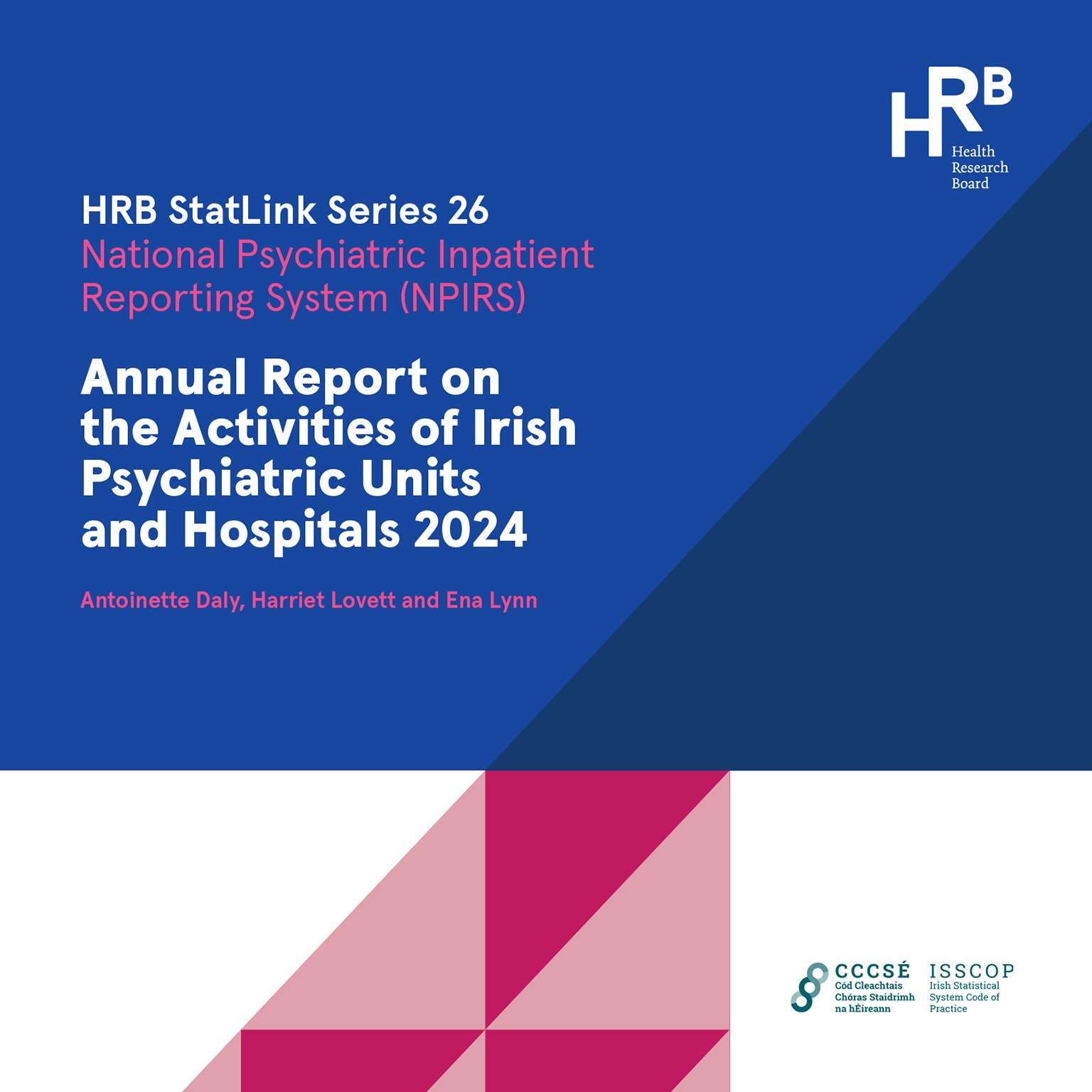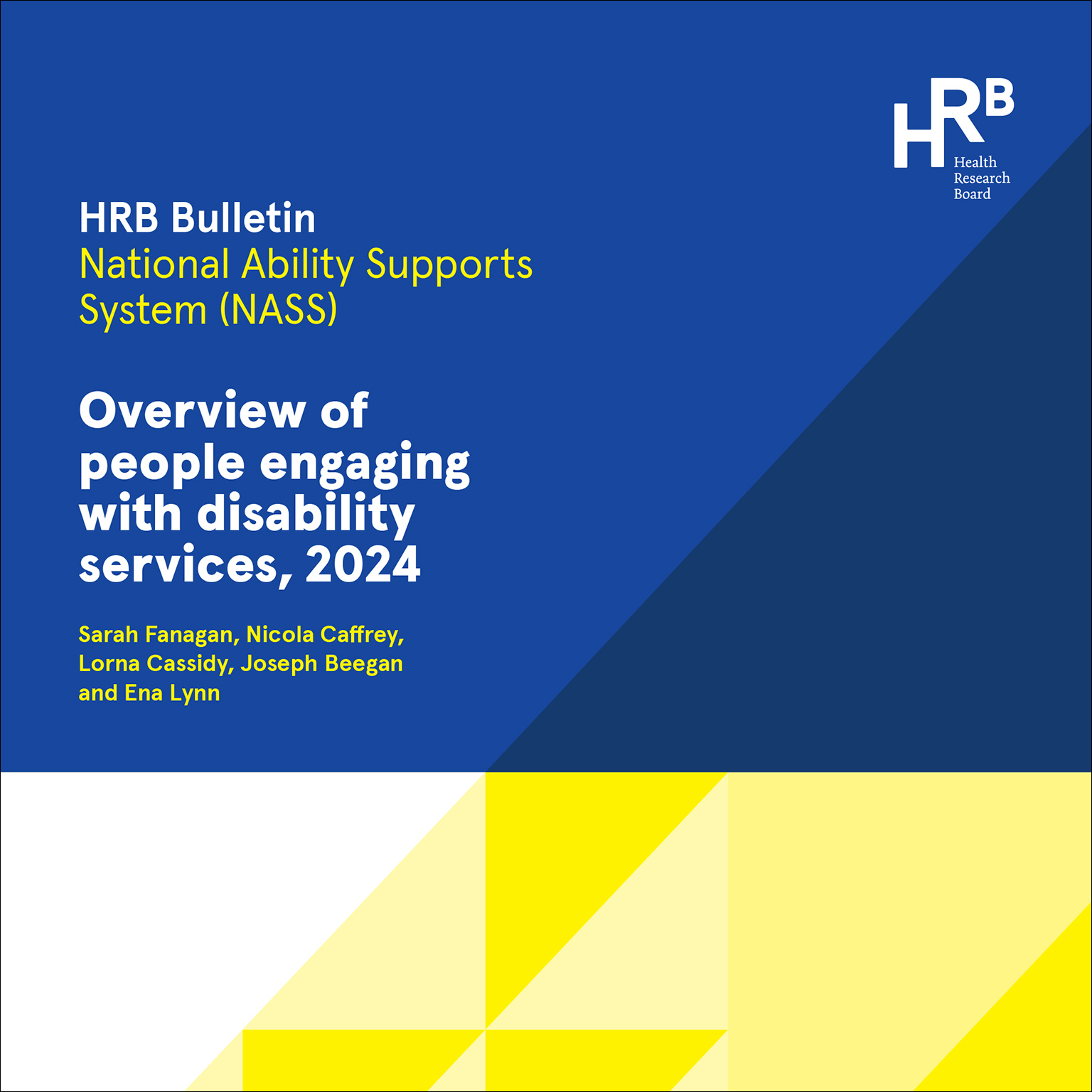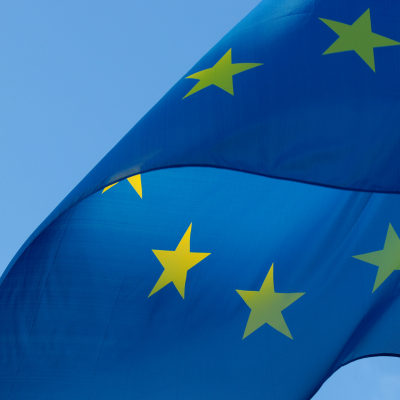Amendments to the Health Research Regulations
Minister for Health Stephen Donnelly has made new amendments to the Health Research Regulations, designed to further enhance the health research framework in Ireland.
2 min read - 23 Jan 2021

Enacted in 2018, the Irish Health Research Regulations provide for “suitable and specific measures” for the processing of personal data for the purpose of health research, to protect the rights and freedoms of research participants. These measures include making ‘explicit consent’ the default safeguard when processing personal data for health research.
Following a process of engagement with stakeholders to identify genuine and meaningful challenges in the implementation of the Regulations that have impacted health research and health researchers, the Department of Health has identified five substantive amendments to the Regulations responding to these particular challenges.
The amendments relate to pre-screening of participants for the inclusion in research, retrospective chart review, deferred consent, consent obtained during the previous EU Data Protection Directive, clarifying ‘explicit’ consent, and other technical amendments.
The amendments were made in consultation with the Data Protection Commission and Department of Justice and Equality to ensure for consistency with the General Data Protection Regulation (GDPR) and the effective protection of research participant rights.
Welcoming the development, Dr Mairead O’Driscoll, Chief Executive at the Health Research Board, commented:
“These amendments are important and pragmatic changes to the Health Research Regulations in response to matters raised by the research community. They will enable researchers to carry out research in a way that ensures they safeguard participants’ personal health data while further strengthening the regulatory environment for health research in Ireland.”
For more information on the amendments to the Health Research Regulations, you can read the press release issued by the Department of Health.
Specific guidance on the amendments has been prepared collaboratively by the Secretariat of the Health Research Consent Declaration Committee (HRCDC), the Health Service Executive and Department of Health. You can view the guidance on the HRCDC website.
2 min read - 23 Jan 2021



